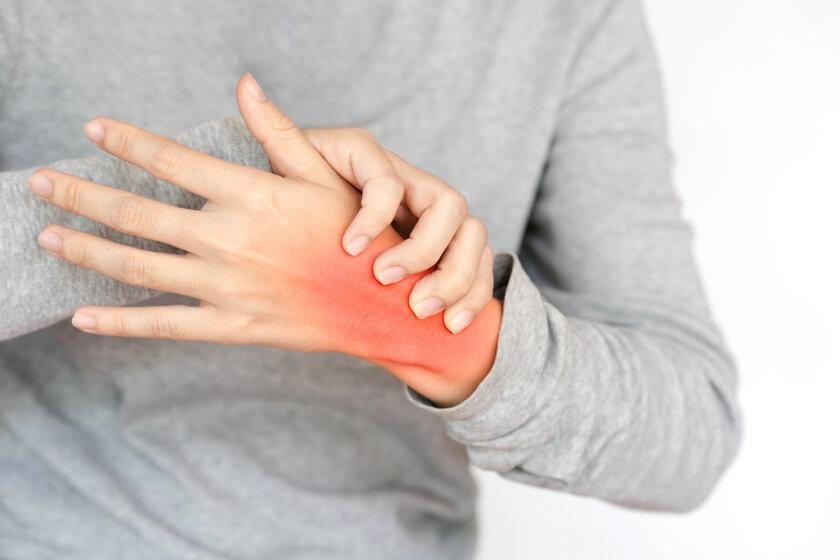This year the American Physical Therapy Association launched a national campaign to raise awareness about the risks of opioids and the safe alternative of physical therapy for long-term pain management. Some of us may know someone who has used pain medicine for quite some time to manage their pain. As a physical therapy practice we have seen how exercise and movement can help in ways that prescription drugs don’t.
The problem of prescription opioid abuse and addiction across the United States has grown to epidemic proportions. According to the Centers for Disease Control and Prevention (CDC), more people died from drug overdoses in 2014 than any other previous year, and of those deaths at least half involved a prescription opioid.
In March 2016, the CDC released guidelines for prescribing opioids for chronic pain. In that guideline the CDC makes it clear that nonpharmacologic alternatives to prescription opioids, such as physical therapy, are the preferred option for treating chronic pain.
As America combats a devastating opioid epidemic, safer, non-opioid treatments have never been of greater need. Physical therapy is among the safe, effective alternatives recommended by the Centers for Disease Control and Prevention in guidelines urging the avoidance of opioids for most pain treatment.
WHY PHYSICAL THERAPY FOR PAIN MANAGEMENT?
Whereas opioids only mask the sensation of pain, physical therapists treat pain through movement.
Here’s how:
Exercise. Physical therapists can prescribe exercise specific to your goals and needs.
Manual Therapy. Physical therapists may use manipulation, joint and soft tissue mobilizations, and dry needling, as well as other strategies in your care.
Education. Physical therapists will talk with you to make sure they understand your pain history, and help set realistic expectations about your treatment.
Teamwork. Physical therapists are able to directly work with you and assess how your pain responds to treatment.
Click here for more information about how you or a loved one could benefit from Physical Therapy over Pain Medicine.


